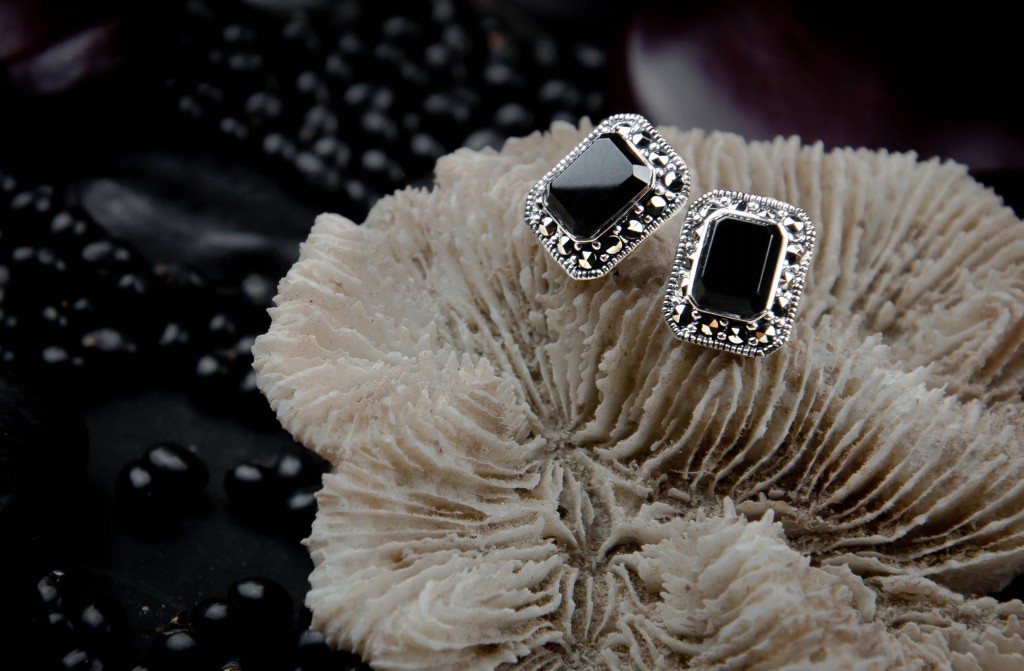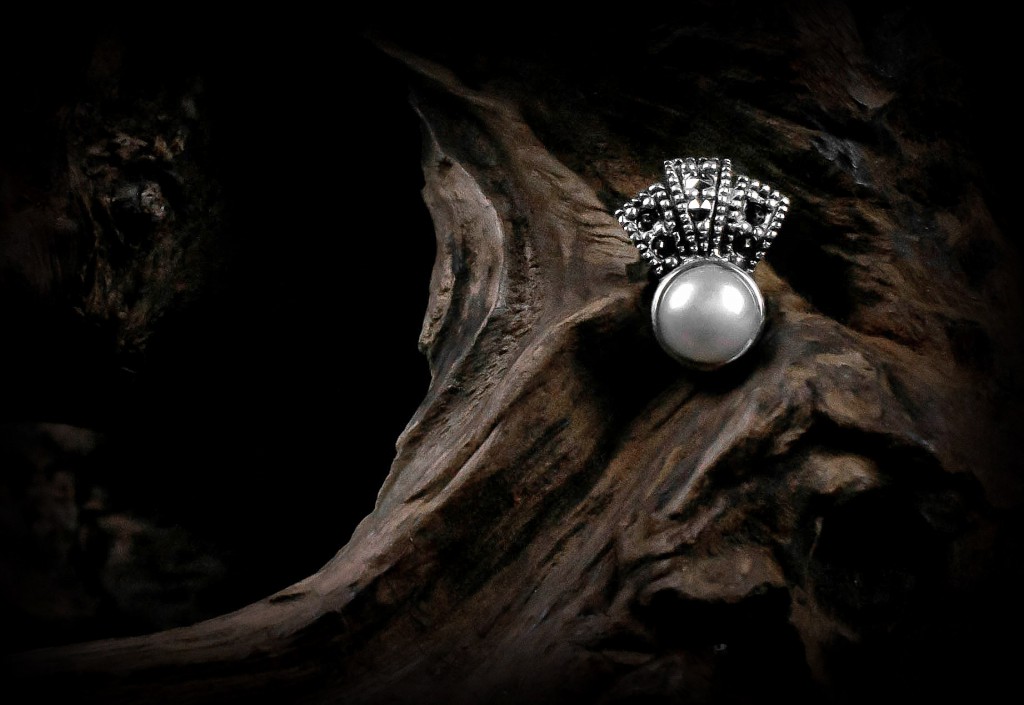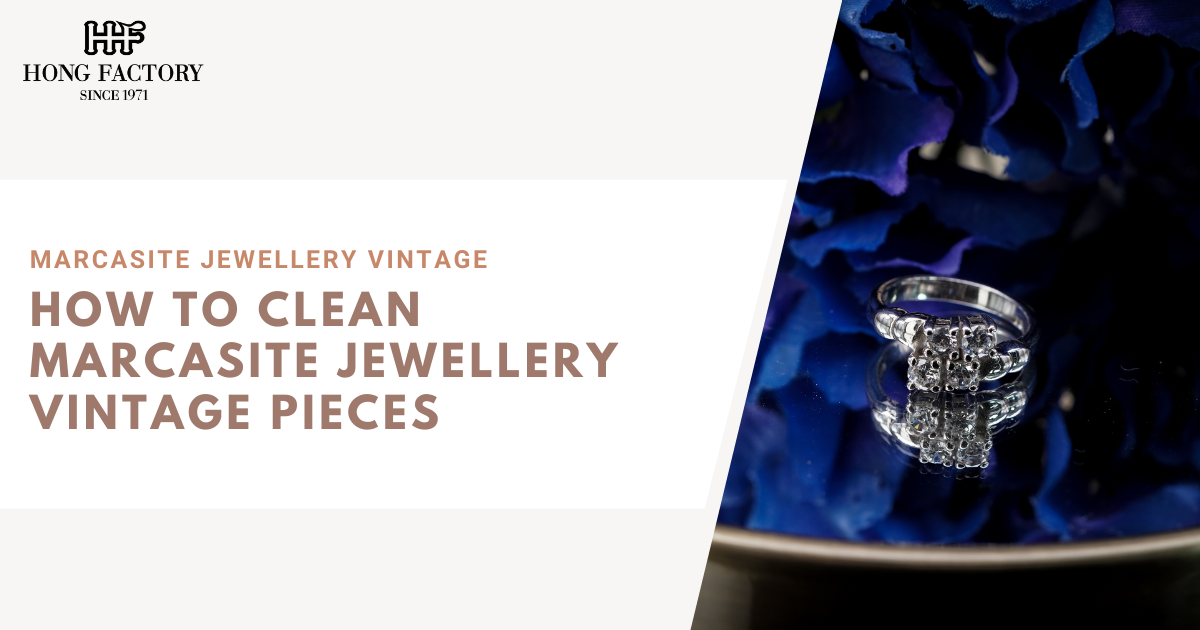
Marcasite jewellery vintage pieces are beloved for their historical charm, intricate detailing, and timeless elegance. However, to keep them looking their best, proper cleaning and care are essential. Unlike modern jewelry, vintage marcasite pieces are more fragile and require extra caution. Here’s a straightforward guide on how to safely clean and maintain your precious marcasite vintage jewellery.
Why Special Care is Needed for Marcasite Jewellery Vintage Pieces
Marcasite jewellery vintage pieces are often delicate, with small pyrite stones intricately set into sterling silver or other metals. Over time, dirt, moisture, and skin oils can build up, dulling their appearance. Harsh cleaning methods can damage these stones or loosen their settings. Therefore, gentle care and attention are crucial to preserving their vintage beauty and sentimental value.
Vintage marcasite jewelry is usually handcrafted, meaning each piece may have tiny, unique crevices that collect grime. The glue used in older settings may also be sensitive to heat and moisture, making careful cleaning essential.
Essential Cleaning Supplies
Gather these items to clean your marcasite jewellery vintage safely:
- Soft microfiber cloth
- Mild dish soap (free from harsh chemicals or bleach)
- Lukewarm water
- Soft toothbrush with fine bristles
- Clean, dry towel
- Cotton swabs (for hard-to-reach areas)
Avoid using commercial silver dips, ultrasonic cleaners, or alcohol-based solutions, as they can harm both the metal and the stones.

Step-by-Step Cleaning Method
Follow these steps to clean your marcasite jewellery vintage pieces effectively:
- Prepare the Cleaning Solution: Mix a few drops of mild dish soap with lukewarm water in a small bowl. Stir gently to create a light lather.
- Soak Briefly: Dip a soft cloth or cotton swab into the soapy water and gently dab your marcasite jewellery vintage. Avoid fully submerging if you suspect the piece contains glue.
- Gentle Brushing: Using a soft toothbrush, carefully clean around each marcasite stone and in the crevices of the setting. Be gentle to avoid dislodging any stones.
- Rinse Carefully: Dampen a new cloth in clean lukewarm water and gently wipe away soap residue. Ensure all detergent is removed to prevent buildup.
- Drying: Pat your jewellery gently with a clean, dry towel and let it air dry completely on a soft surface. Never use heat to speed up drying.
- Final Polish: Once dry, use a microfiber cloth to lightly buff and bring out the natural shine.
Additional Tips for Caring for Marcasite Jewellery Vintage
Proper care goes beyond simple cleaning:
- Storage: Store each piece individually in a soft-lined box or pouch to prevent scratches and tarnish.
- Avoid Chemicals: Perfumes, hairspray, and lotions can cause discoloration. Apply cosmetics before wearing your jewellery.
- Wear with Care: Avoid wearing marcasite jewellery vintage while swimming, cleaning, or exercising to protect it from moisture and impact.
- Routine Maintenance: Check clasps, prongs, and settings periodically. If stones are loose, get them professionally reset.
Avoiding Common Mistakes
When cleaning marcasite jewellery vintage pieces, be mindful to:
- Avoid harsh chemical cleaners, vinegar, or lemon juice.
- Never soak for extended periods, especially pieces with glued-in stones.
- Don’t use abrasive cloths or brushes that can scratch the silver or loosen settings.

When to Seek Professional Help
If your marcasite jewellery vintage pieces have extensive tarnishing, stubborn dirt, or loose stones, it’s best to consult a professional jeweler. They have the tools and expertise to clean thoroughly while preserving the original craftsmanship.
Professional cleaning is especially recommended for antique pieces, heirlooms, or any item with sentimental value that you don’t want to risk damaging.
By following these straightforward guidelines, you can ensure your marcasite jewellery vintage pieces maintain their timeless elegance and continue to shine beautifully for years to come. With the right care, these pieces not only retain their visual appeal but also their historical and emotional value.
